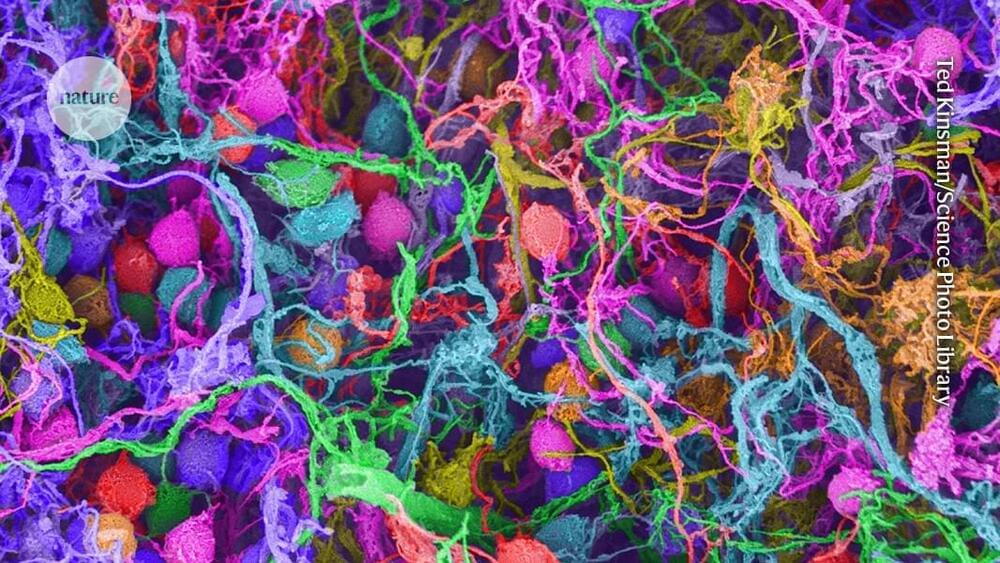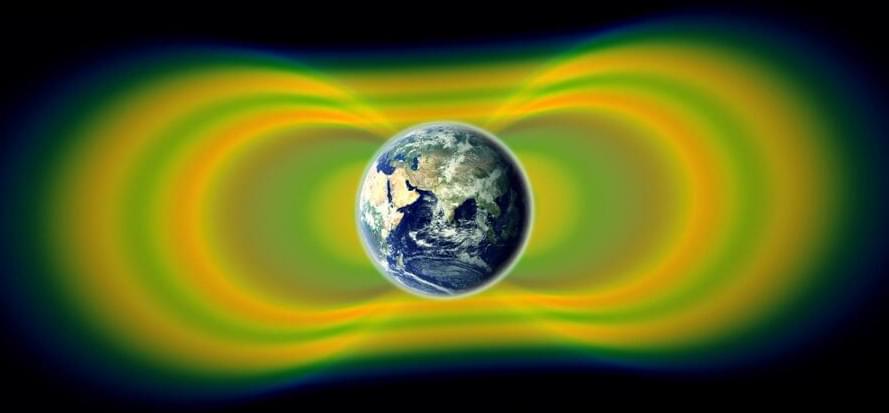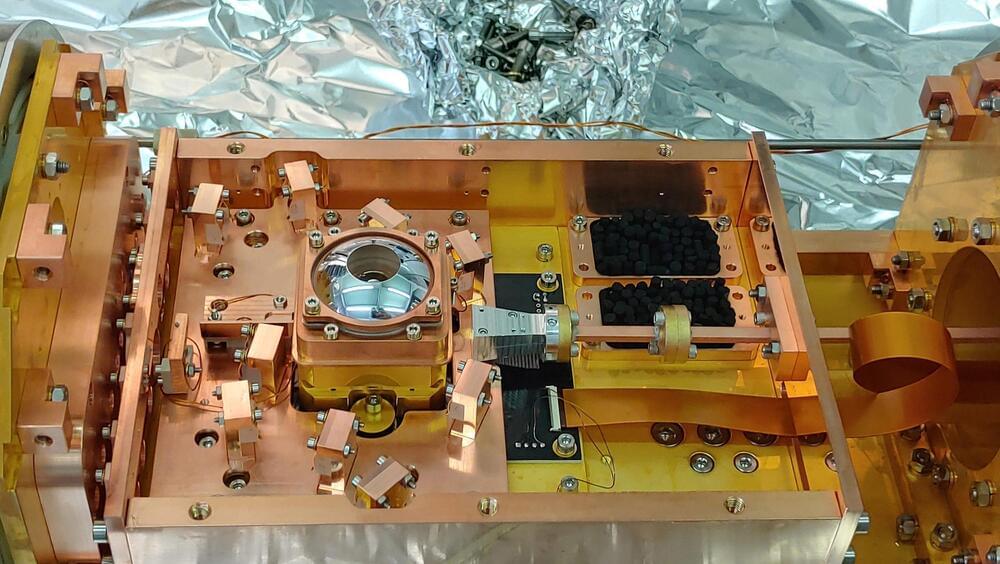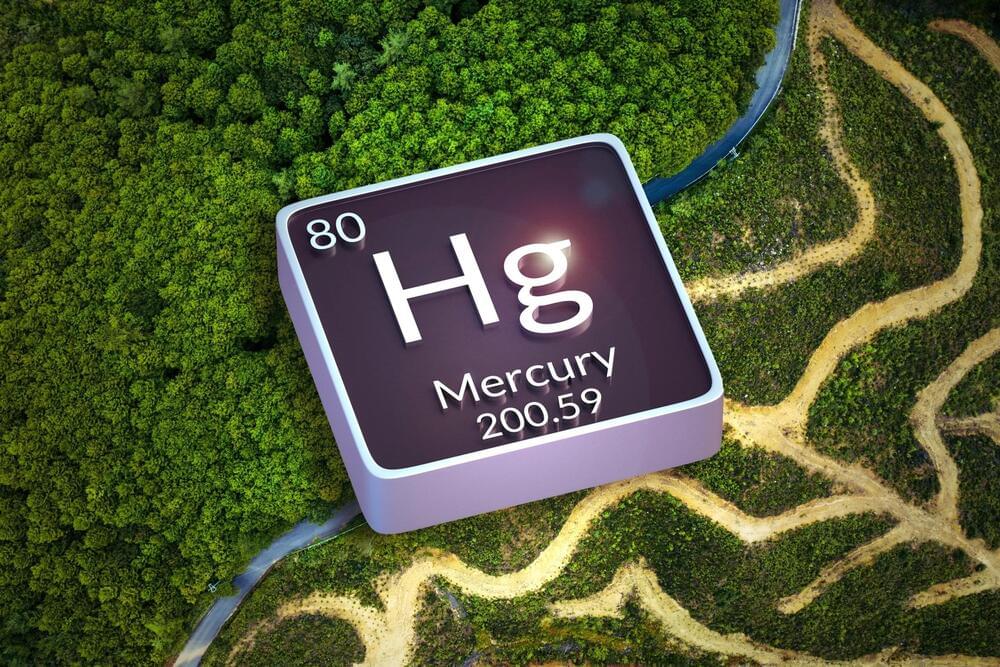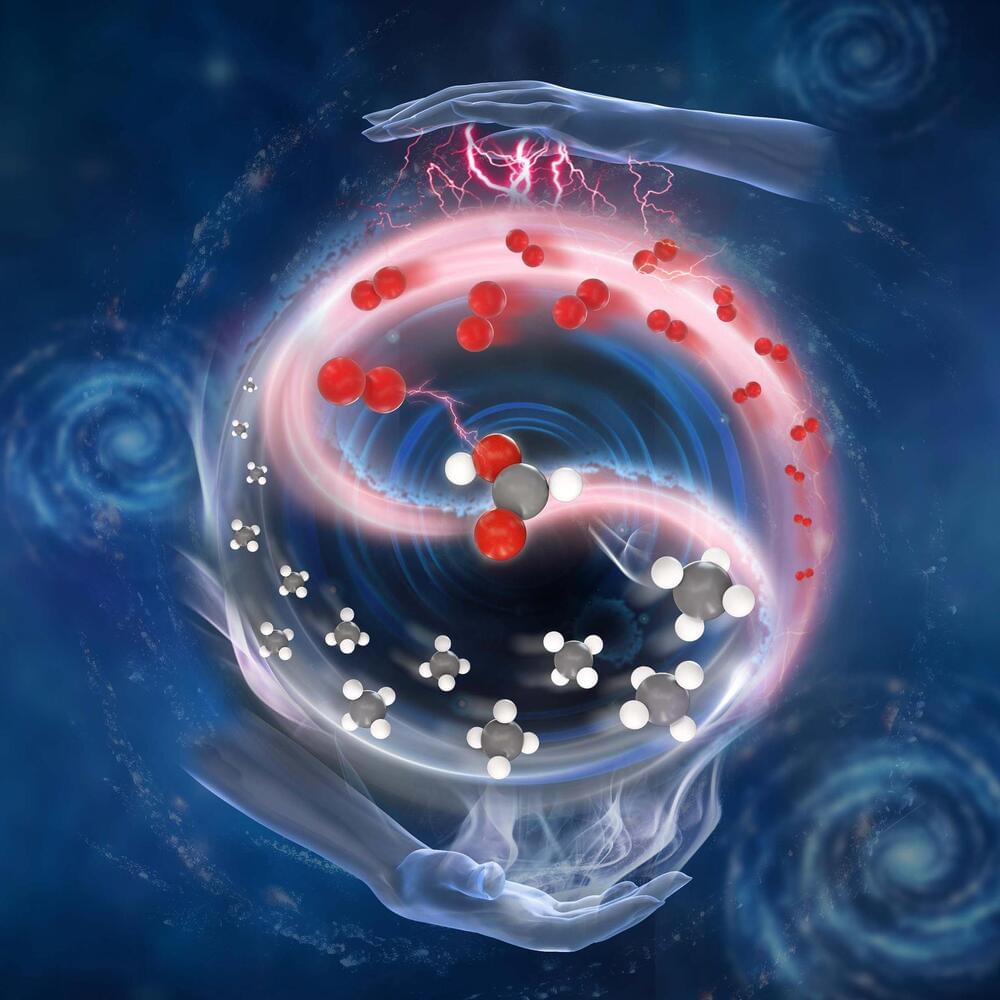Utilizing data from NASA’s James Webb Space Telescope, scientists have unveiled the earliest starlight spectra, revealing low-mass galaxies’ central role in the universe’s dawn. Credit: SciTechDaily.com.
Groundbreaking JWST observations reveal the pivotal role of low-mass galaxies in the early universe’s reionization, challenging existing cosmic evolution theories.
Scientists working with data from NASA’s James Webb Space Telescope (JWST) have obtained the first full spectra of some of the earliest starlight in the universe. The images provide the clearest picture yet of very low-mass, newborn galaxies, created less than a billion years after the Big Bang, and suggest the tiny galaxies are central to the cosmic origin story.



